In today’s fast-paced world, where everyone is vying for attention, creating truly immersive experiences has become essential for brands wanting to stand out. The detail associated with immersive experiences is a lot to pull off, but makes for a much more rewarding encounter with your customers.
But what truly makes an experience immersive? Let’s dive into the a few key elements that transform ordinary moments into unforgettable adventures.
1. Engagement of Multiple Senses
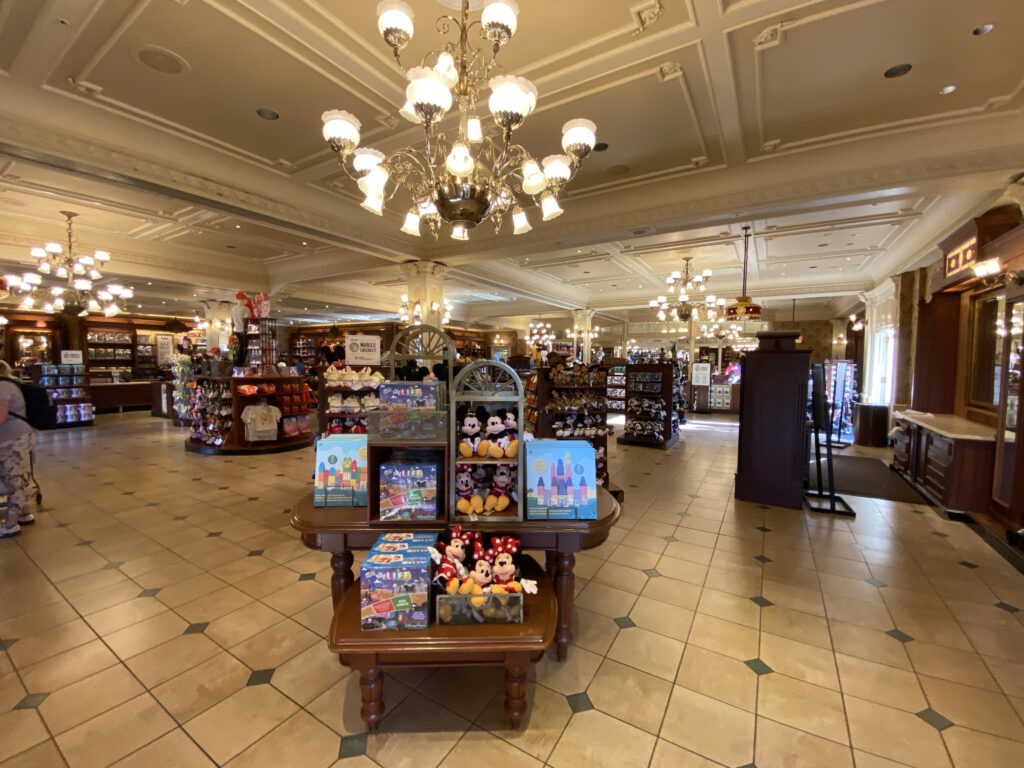
Imagine walking into a store and immediately being transported to another world. It happens enough that I seek out collectables to remember how I feel in that exact moment.
The visuals are stunning, with vibrant colors and intricate designs that draw you in. Soft, ambient music plays in the background, setting the mood perfectly. You reach out and touch a display, feeling its texture and warmth. This multi-sensory engagement makes you feel present and connected with an alternate reality created by the brand.
When an experience taps into your sight, sound, and touch, it creates a lasting impression.
Examples:
- The Nintendo Store in NYC
- The Emporium at the Magic Kingdom in Walt Disney World
- Curiosa in Toronto
2. Interactivity and Participation
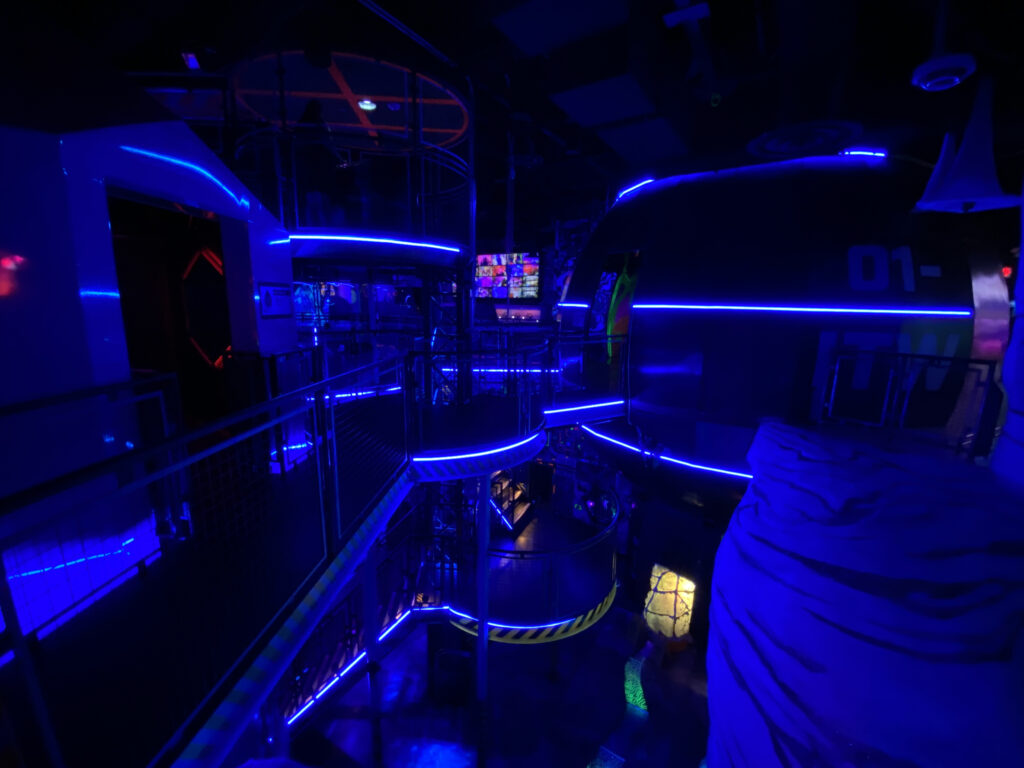
Have you ever been to an escape room or played an interactive video game? The thrill of making choices and seeing their immediate impact pulls you deeper into the experience.
Whether it’s customizing a product to your liking or navigating a virtual world, being an active participant rather than a passive observer makes all the difference. Customers seek out personalization and the one-of-a-kind experiences that come from custom participation with a brand, which they in turn share to others. Personalized interactions and real-time feedback make you feel valued and engaged, turning a simple activity into a memorable adventure.
Examples:
- Meow Wolf’s Omega Mart at Area15 in Las Vegas
- Harry Potter’s Wands in Diagon Alley at Universal Studios
3. Narrative and Storytelling
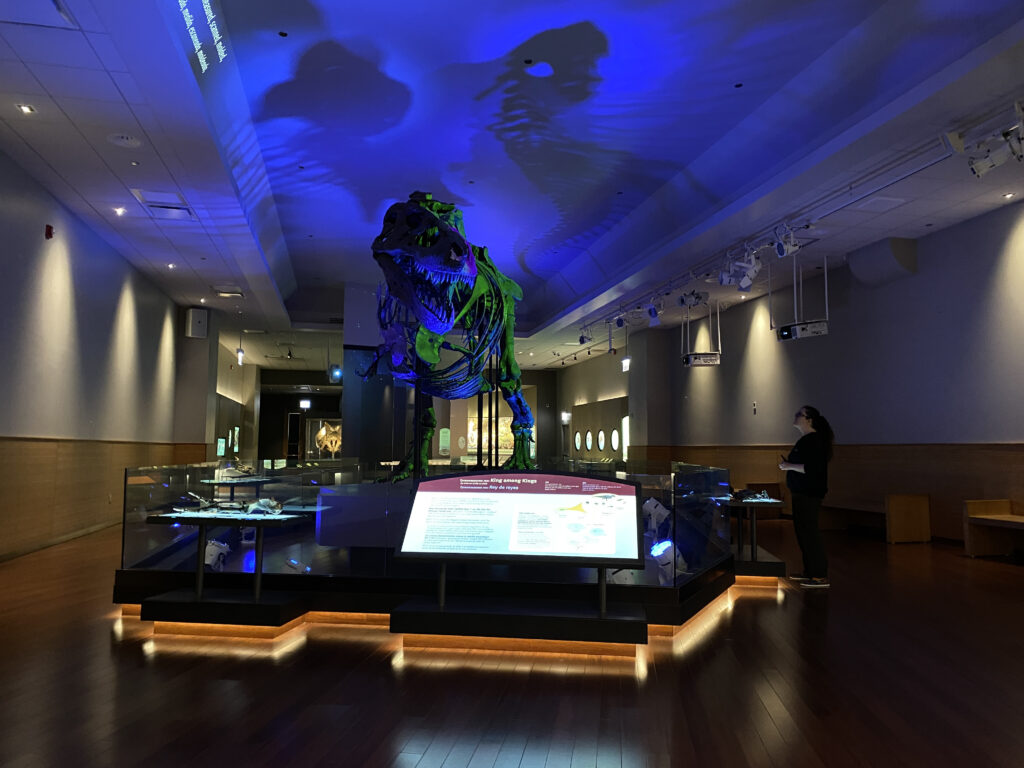
Think about the last time you got lost in a good book or movie. A well-told story has the power to captivate and transport you to another place and time. In the world of immersive experiences, a strong narrative is key. Imagine walking through an exhibit where each room unfolds a part of a larger story, with characters you care about and plot twists that keep you on the edge of your seat.
This storytelling element not only entertains but also creates an emotional connection, making the experience unforgettable.
Examples:
- Dinosaur Exhibition at the Field Museum in Chicago
- Pre-show at the Skydeck at Willis Tower.
4. Technology and Innovation
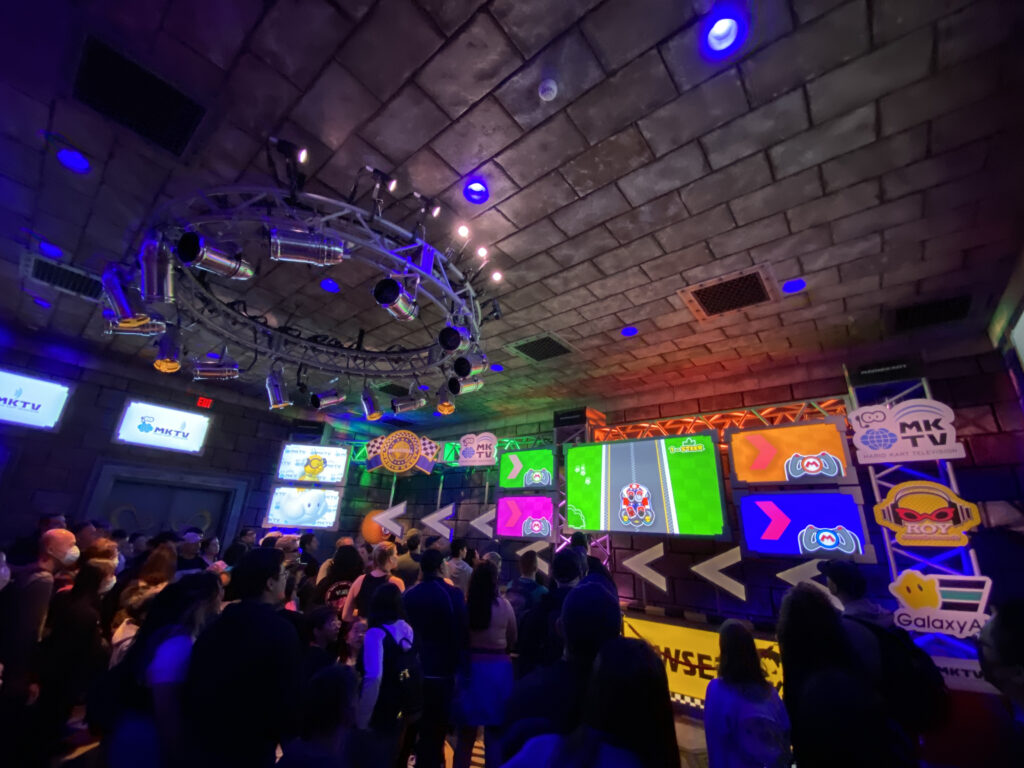
Technology is a game-changer when it comes to creating immersive experiences. Virtual reality (VR) and augmented reality (AR) can transport you to places you’ve never been and let you interact with your surroundings in entirely new ways.
Picture trying on clothes in a virtual fitting room or exploring a city through AR-enhanced glasses. Advanced displays, projection mapping, and AI-driven personalization make these experiences not just possible but incredibly engaging and realistic.
Example:
- MarioKart Bowser’s Challenge at Universal Studios Hollywood
5. Emotional Connection
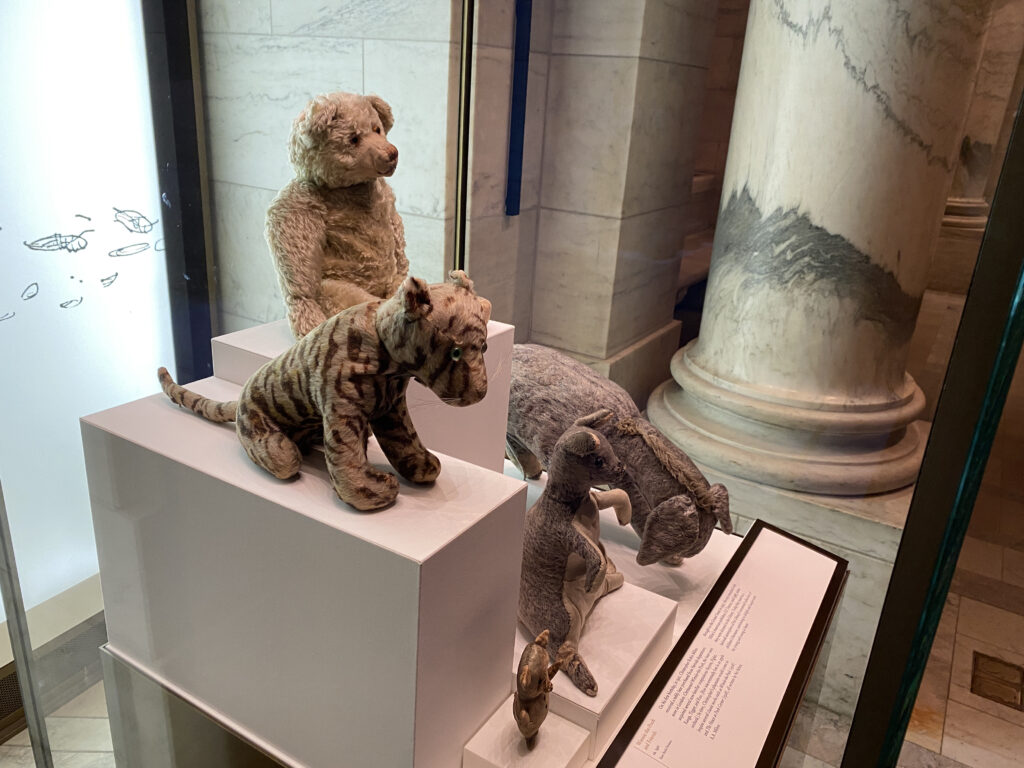
At the heart of every immersive experience is an emotional journey. Whether it’s the joy of discovering something new, the thrill of adventure, or the nostalgia of a cherished memory, emotions play a crucial role. Experiences that evoke empathy and relatability draw you in and make you care.
Creating memorable moments through impactful visuals and storytelling, and guiding you through an emotional arc, ensures that the experience stays with you long after it’s over.
Example:
- New York City Library – Winnie the Pooh and permanent exhibitions.
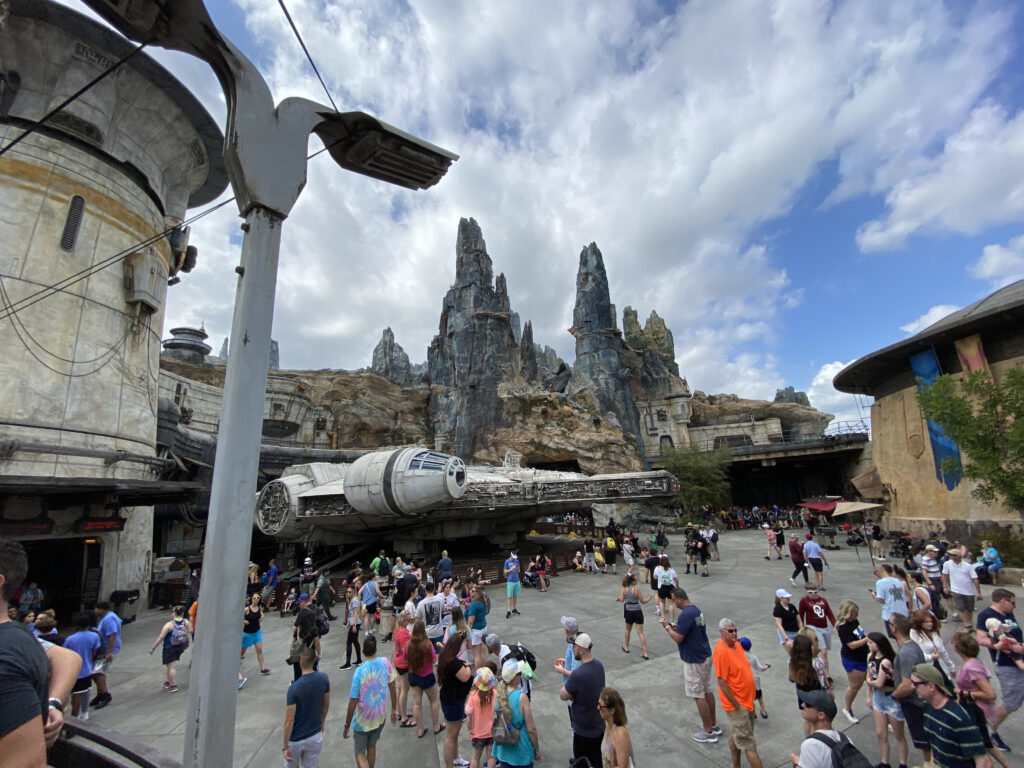
Immersive experiences are more than just a buzzword; they’re a way to create deep, meaningful connections with audiences. By engaging multiple senses, encouraging participation, telling compelling stories, leveraging cutting-edge technology, and building emotional connections, brands can craft experiences that captivate and inspire.
As we look to the future, the potential for even more engaging and personalized immersive experiences is boundless, promising a world where every interaction leaves a lasting impression.



